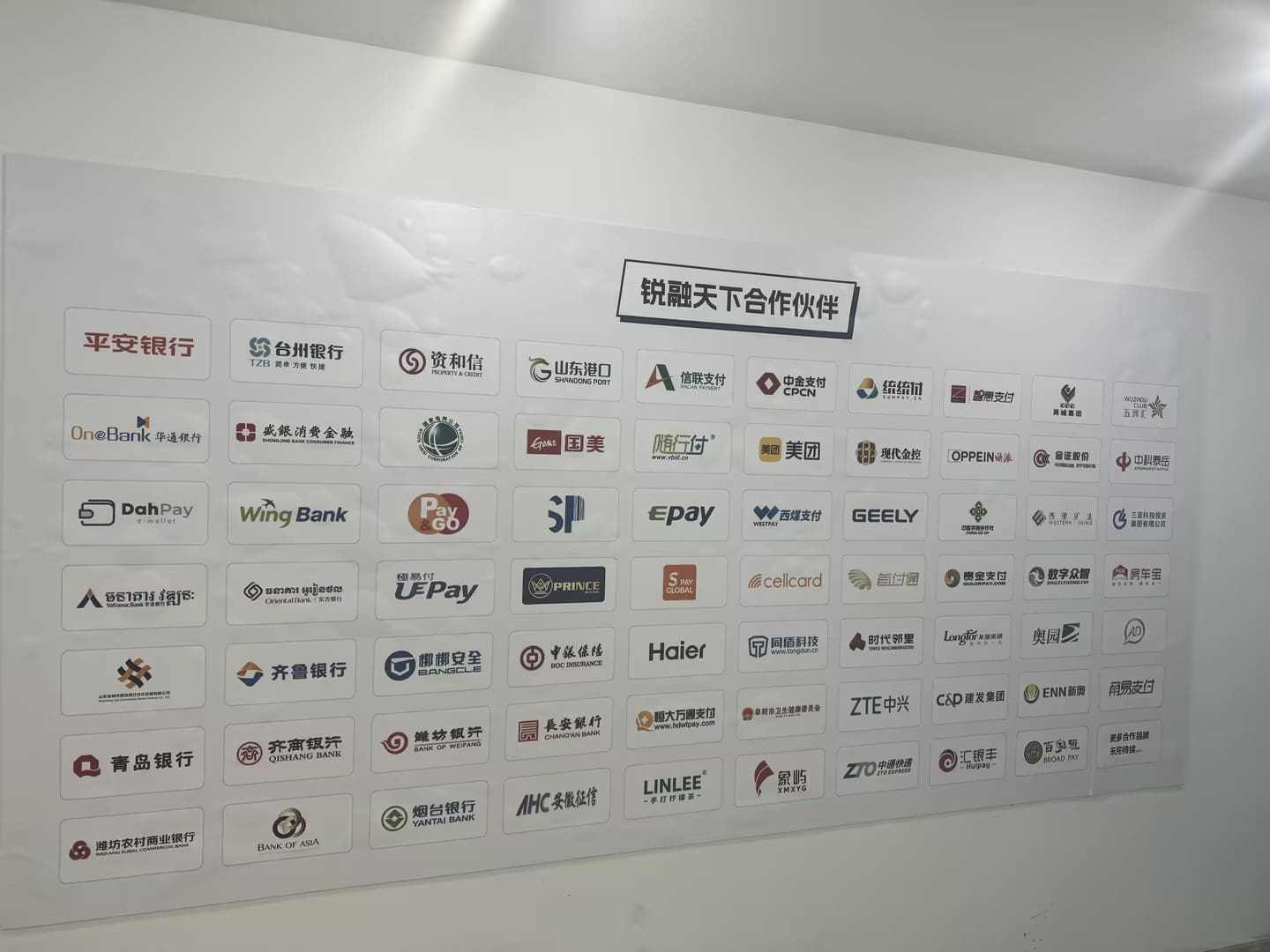Building Secure Payment Systems for Websites
In the modern digital landscape, ensuring secure transactions on your website is paramount to gaining customer trust and protecting sensitive information. Here are some key steps to consider when developing a secure payment system:
1. Encryption is Key
Implement strong encryption protocols such as SSL/TLS to secure data transmission between the user’s browser and your server. This prevents sensitive data from being intercepted by malicious actors.
2. Tokenization for Data Protection
Utilize tokenization to replace sensitive data with unique tokens. This ensures that even if a breach occurs, the actual data remains protected.
“By incorporating tokenization into your payment system, you add an extra layer of security that shields customer data from potential threats.”
3. Regular Security Audits
Regularly conduct security audits to identify vulnerabilities and address them promptly. This proactive approach helps in staying ahead of potential threats.
4. Two-Factor Authentication
Require users to go through an additional layer of verification, such as a one-time code sent to their phone, before completing transactions. This adds an extra barrier against unauthorized access.
5. Compliance with Industry Standards
Ensure your payment system complies with industry standards like PCI DSS to maintain the highest level of security. Non-compliance may result in hefty fines and loss of trust.
By integrating these security measures into your payment system, you not only protect your customers but also safeguard your business from potential threats. Stay vigilant and prioritize security to build a reliable and secure payment system for your website.

 Arabic
Arabic Dutch
Dutch French
French German
German Italian
Italian Portuguese
Portuguese Russian
Russian Spanish
Spanish












